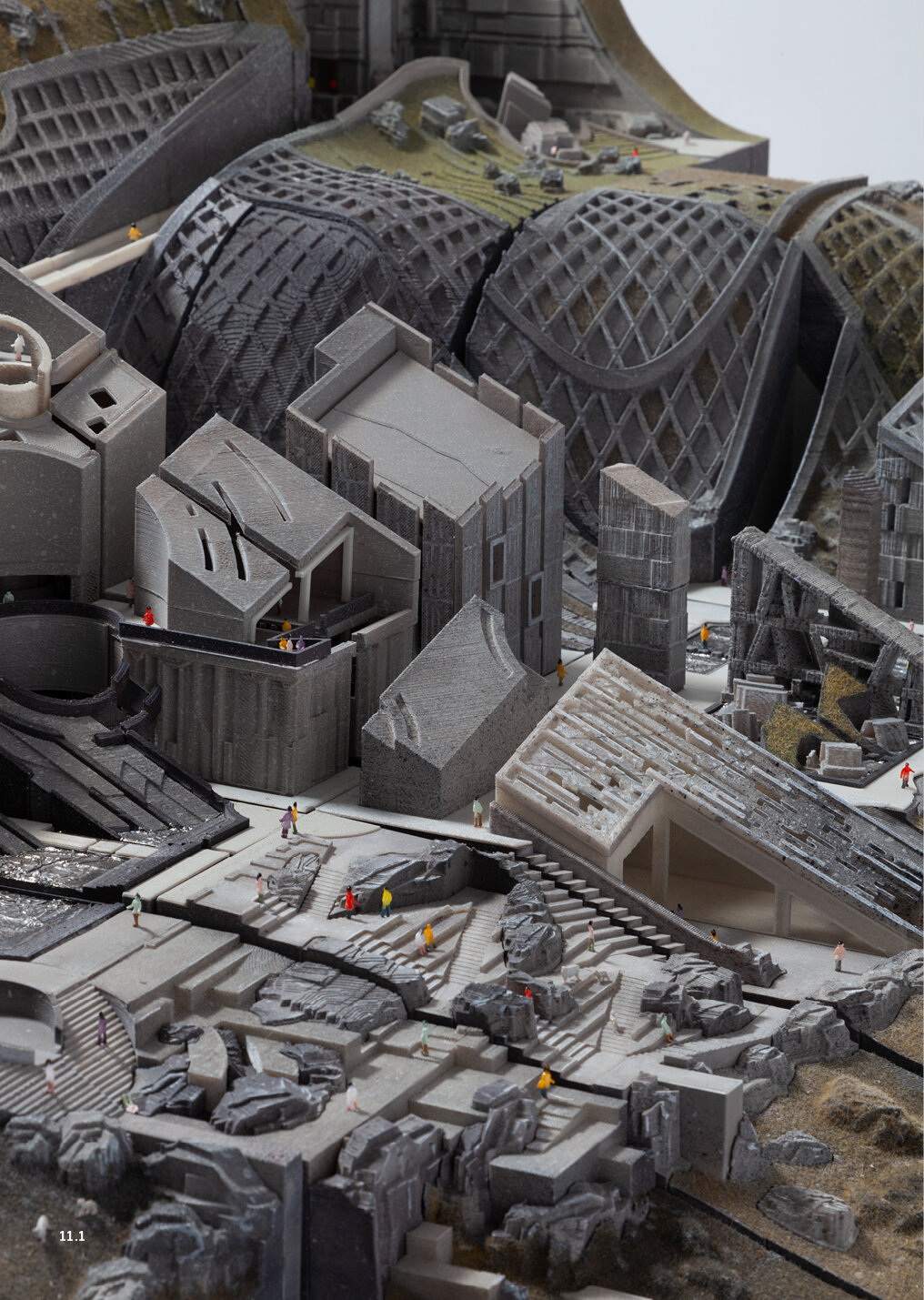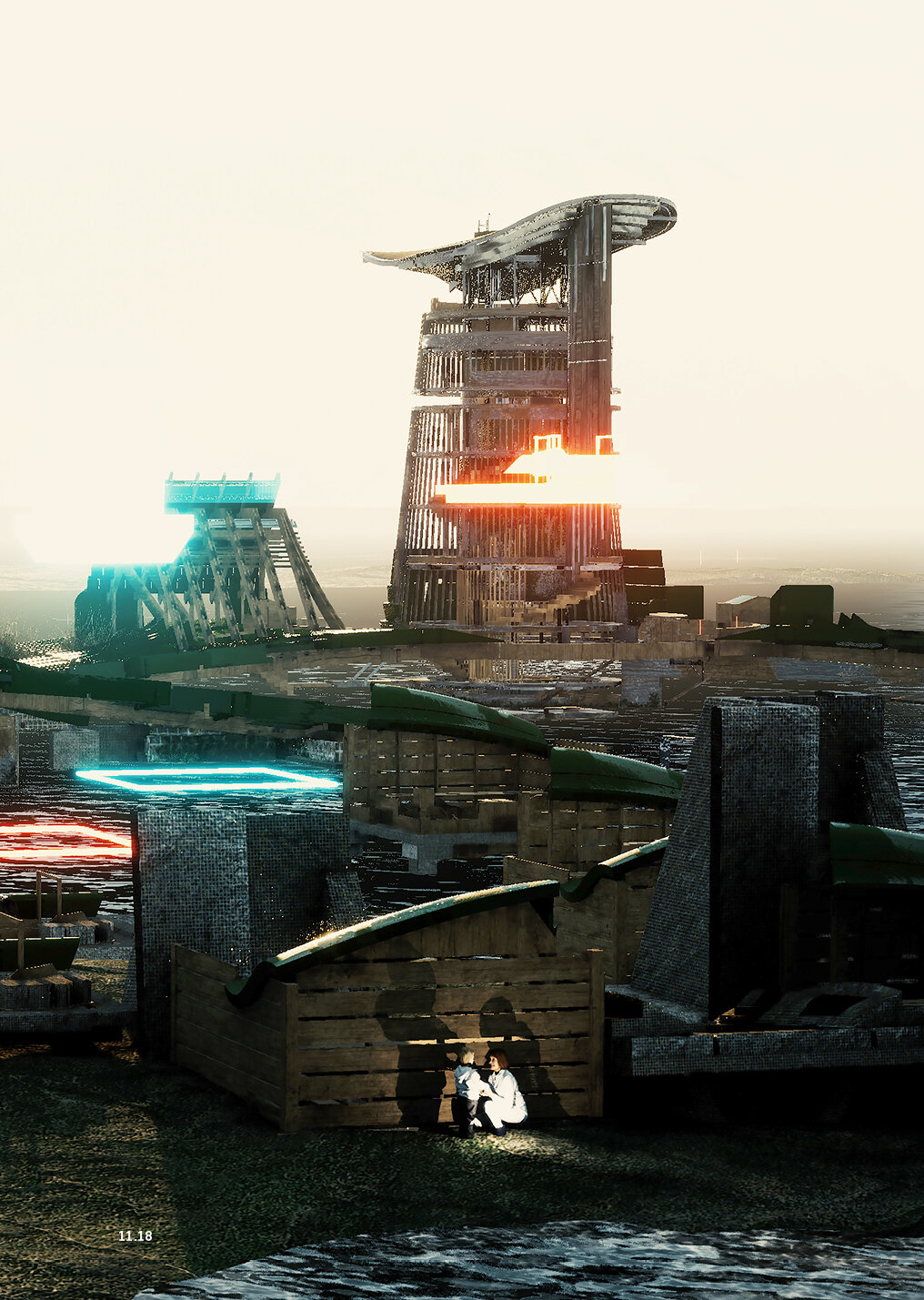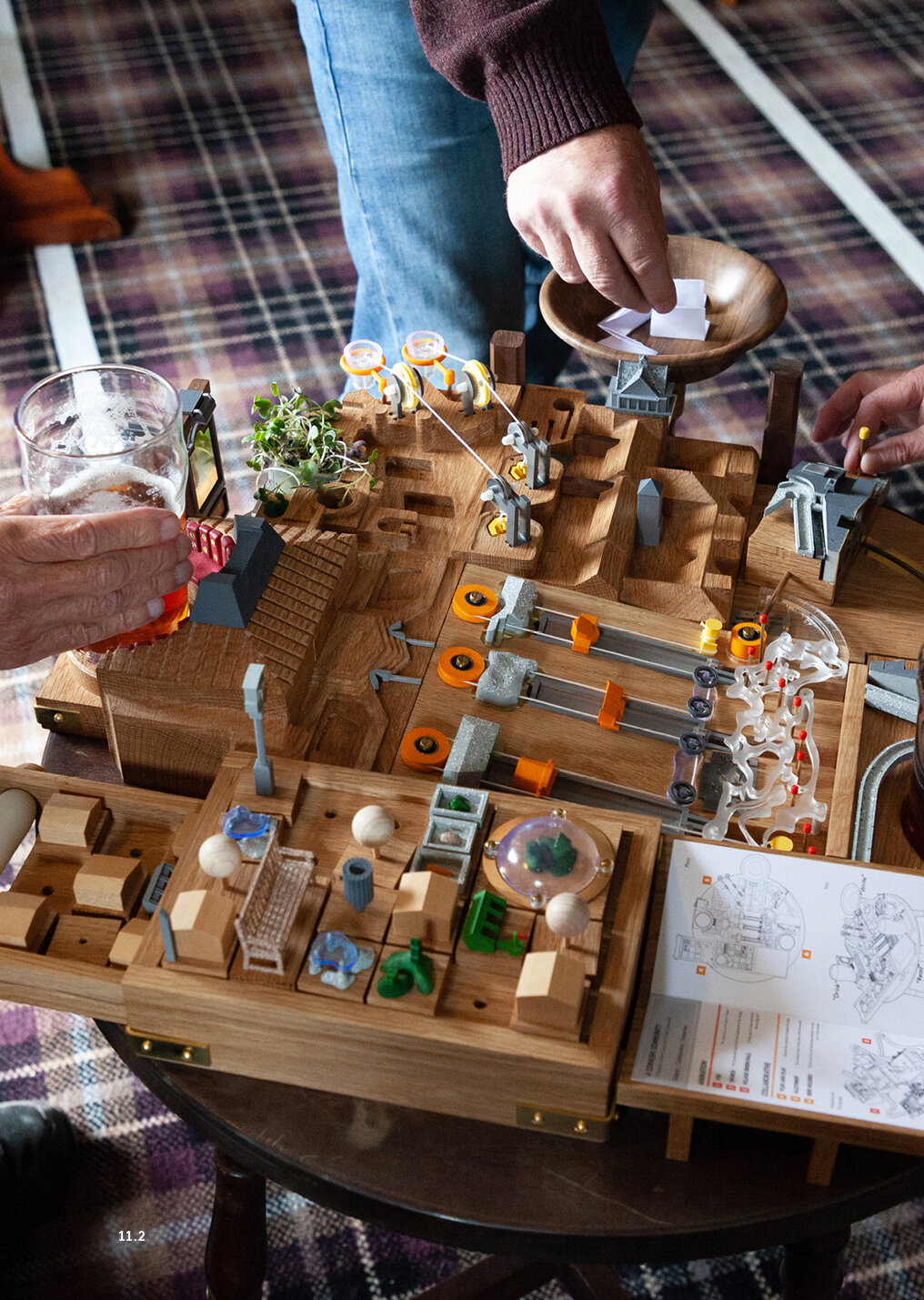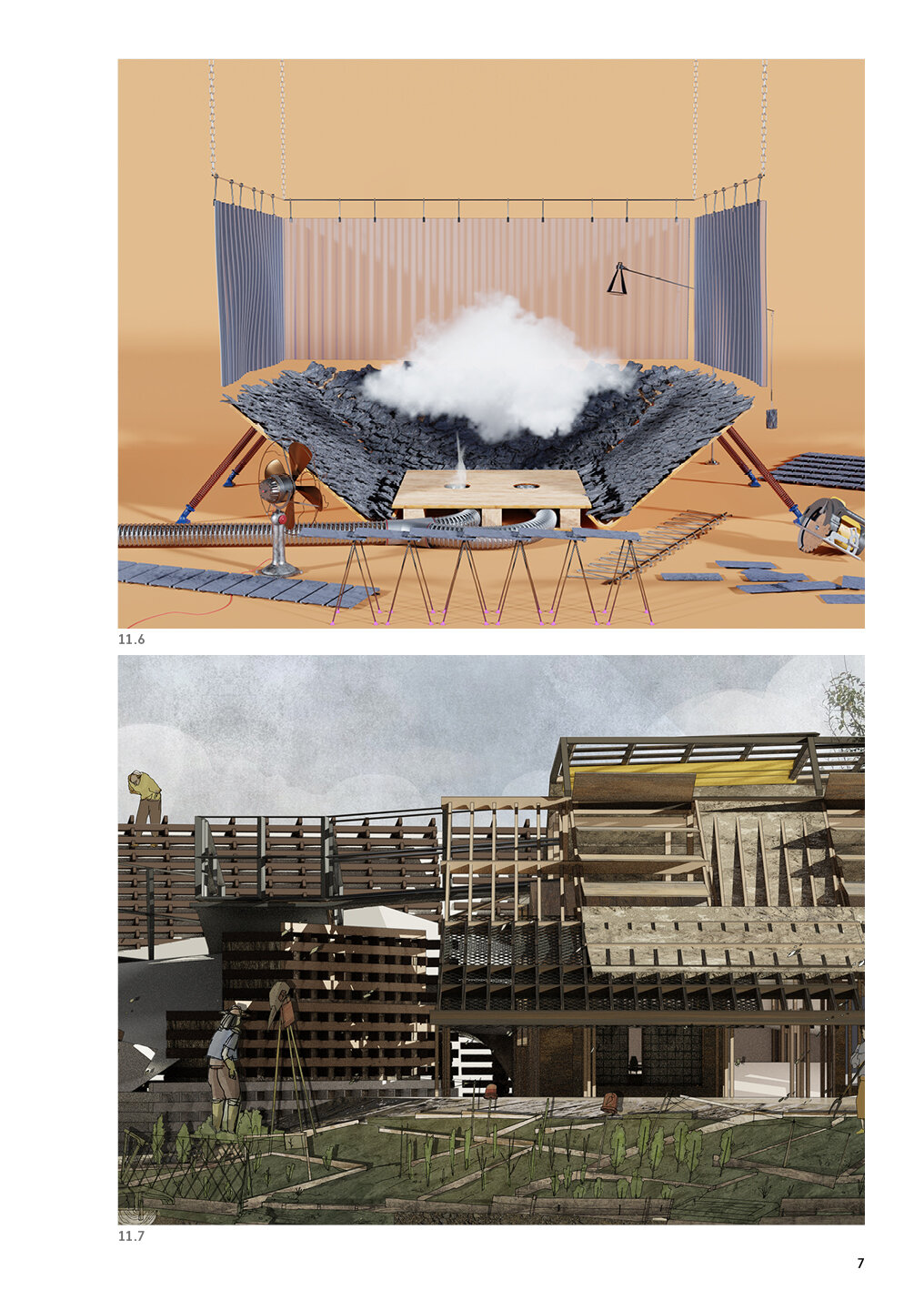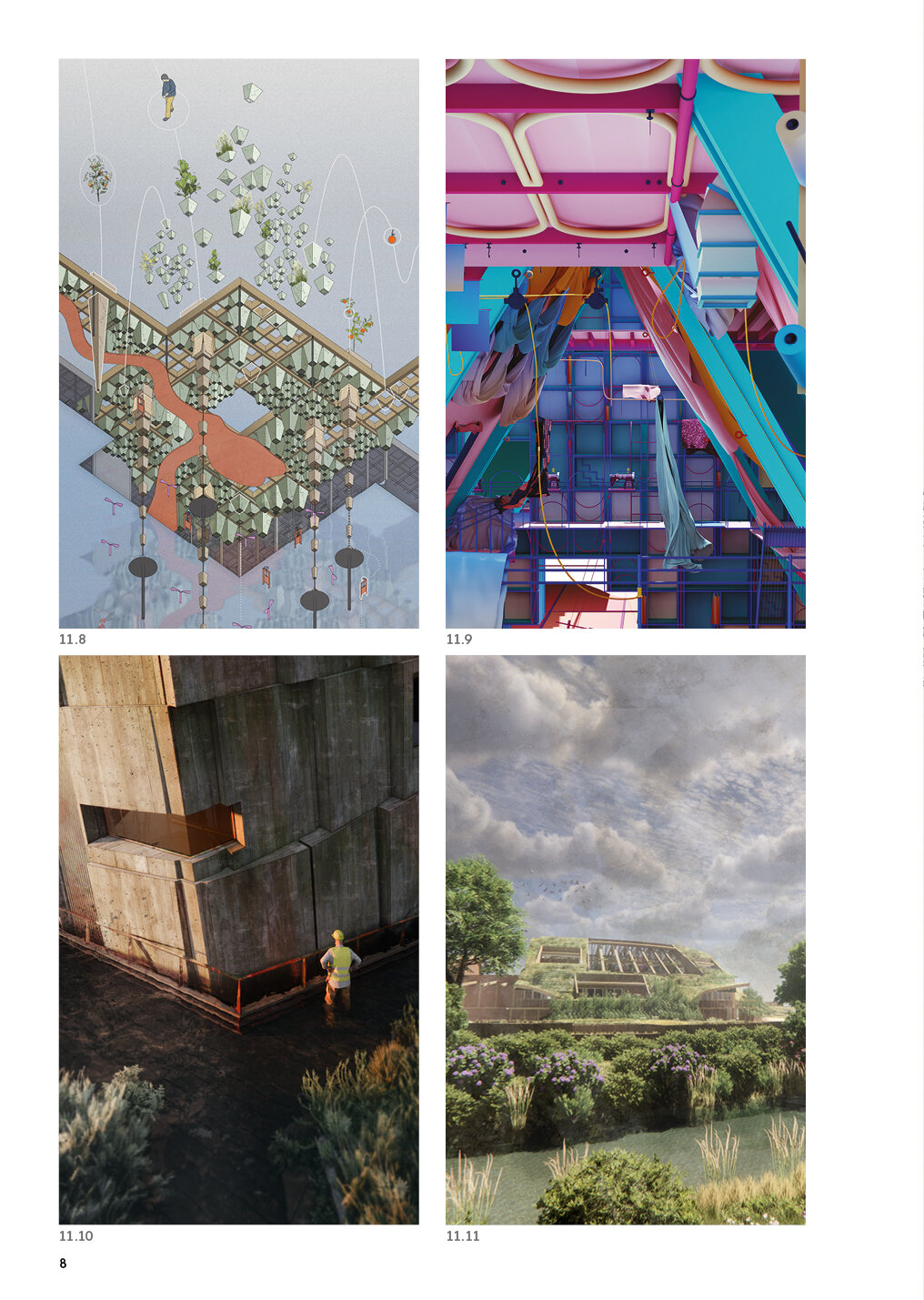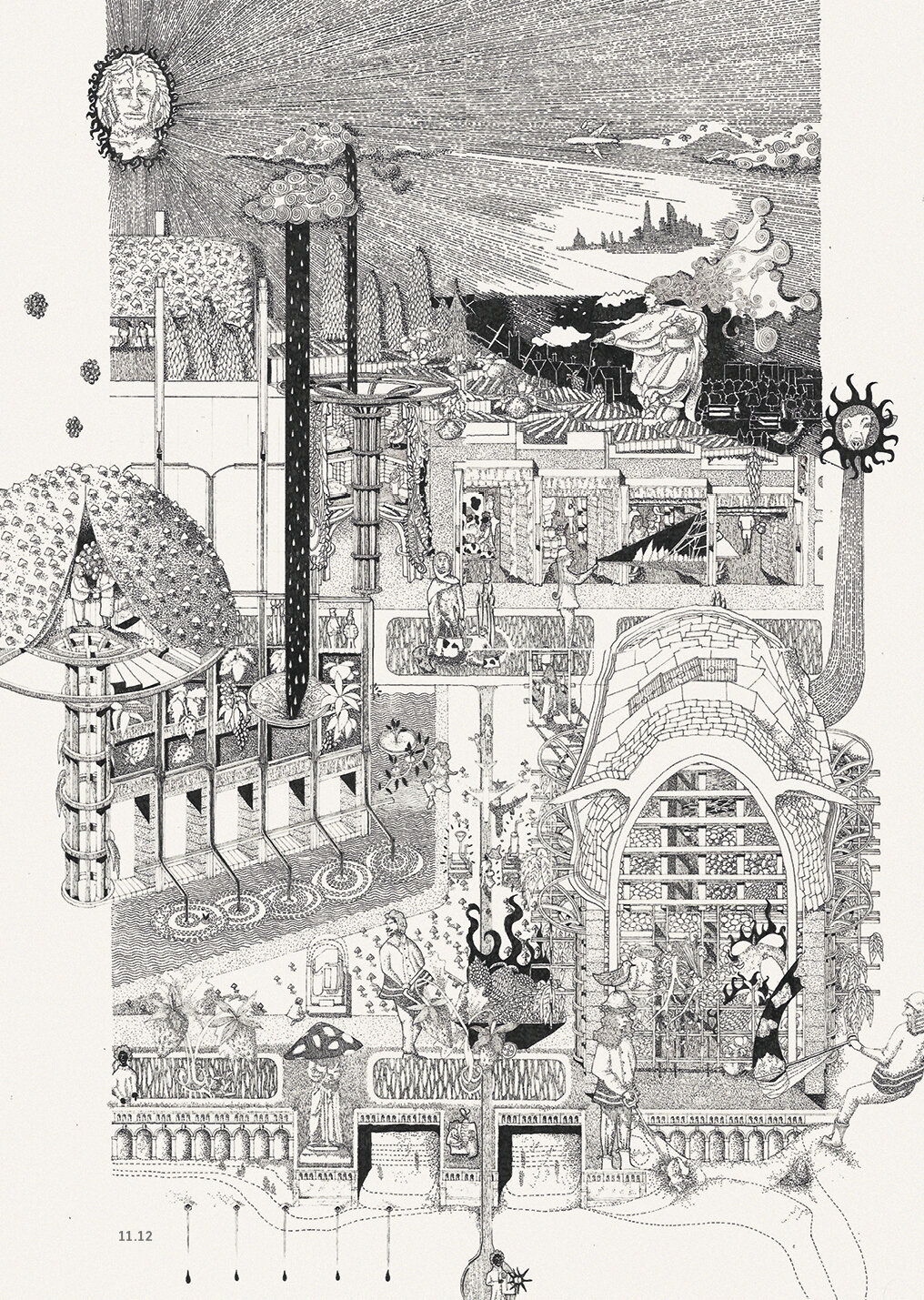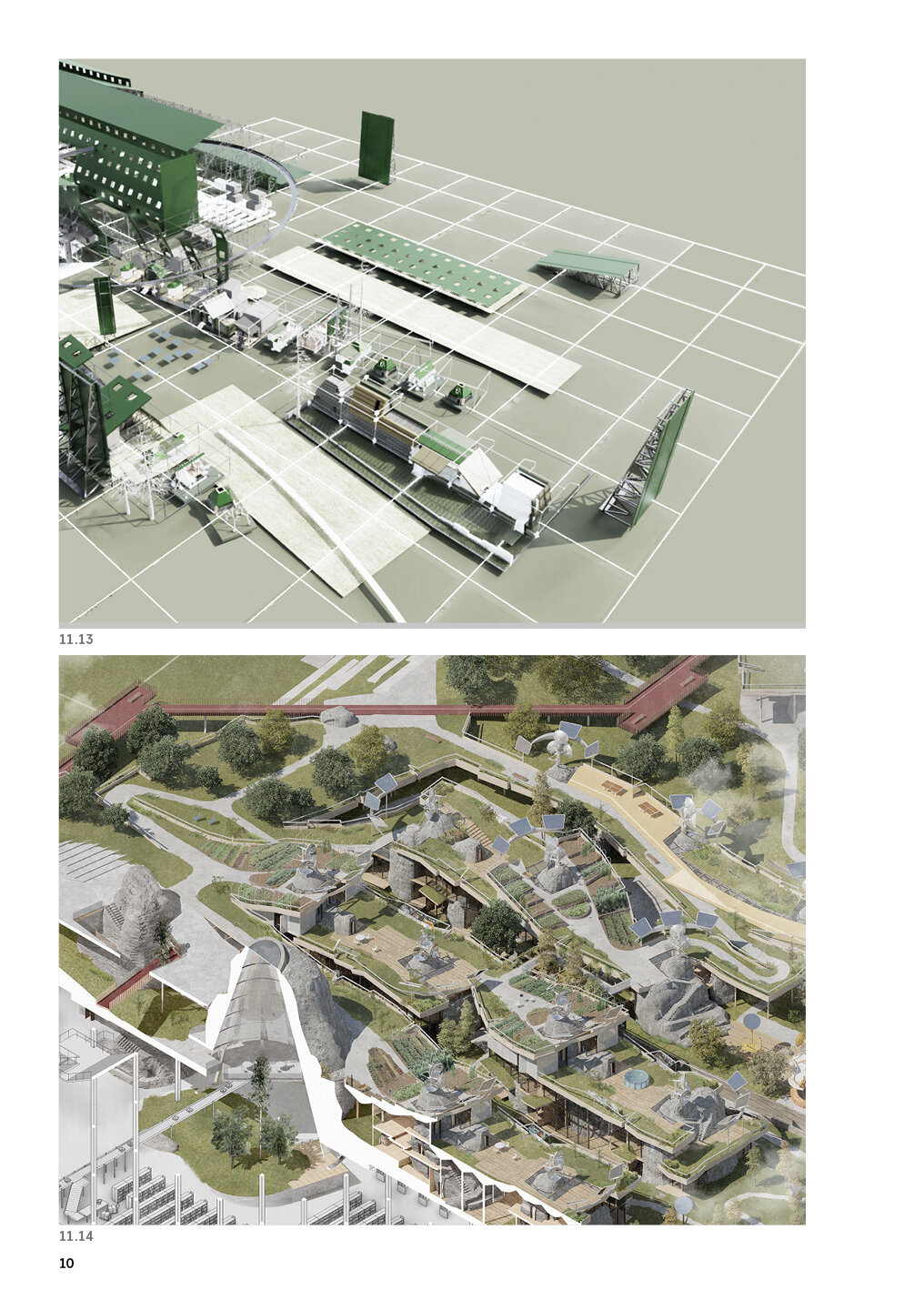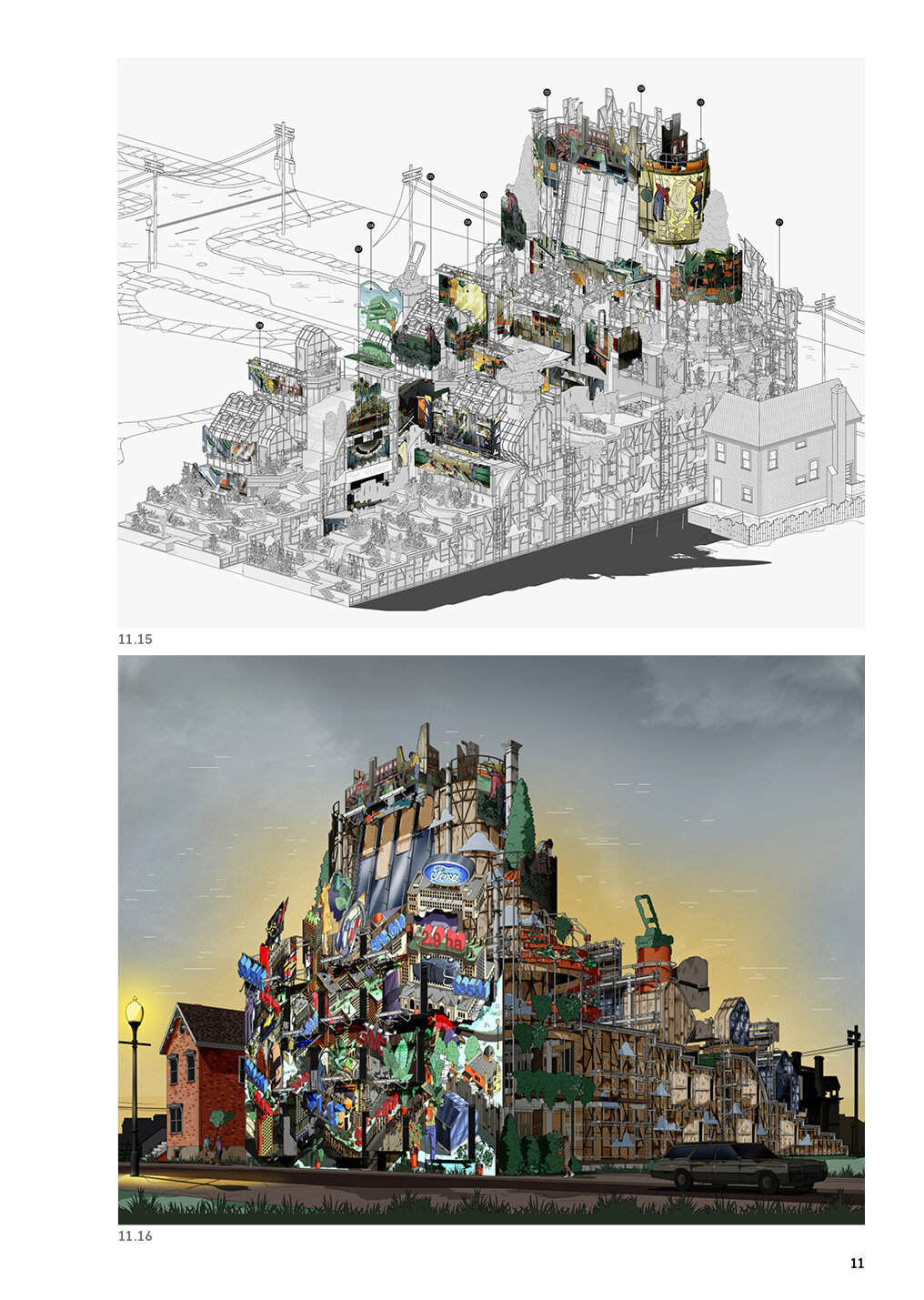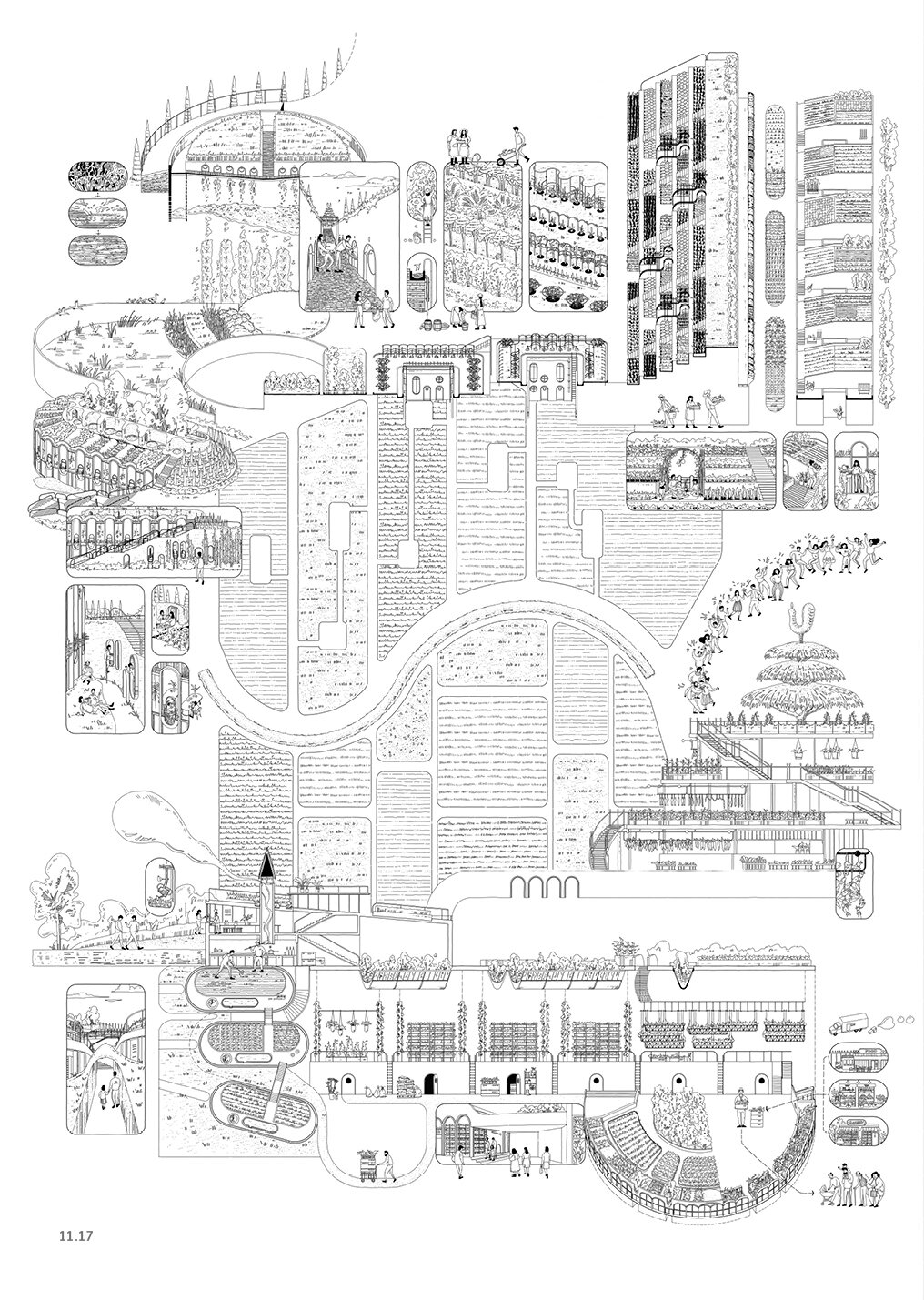Uncommon Ground
MArch Architecture, Unit 11, Bartlett School of Architecture
This year’s brief challenged students to rethink the edges and intersections between landscape and the urban realm, hand-in-hand with those between public and private space. These relationships are fluid, volatile, contested and reciprocal, and challenge the polarised notions that the unit continues to revisit: preservation versus progress and wilderness versus culture.
Situation Abnormal
Our rural environment is substantially cultured as ‘wilderness kept in check’ or for the production of vast quantities of food – 70% of the UK’s land is agricultural. Environmental technologies and nature have become inextricably linked; cutting-edge technologies are increasingly deployed that engineer nature from the micro-scale of genetically modified crops to the global scale of GPS agricultural automation. Furthermore, the landscape is crisscrossed with infrastructural networks, inter-urban links of road and rail that also connect cities with their surrounding rural areas and the regions of supply with the centres of demand. We ask, ‘What are the radical outcomes of the synthesis of urban and rural spaces?’
A further blurring of the distinction between rural and urban, and private and public is the privatisation of nature. ‘Natural capital’, stocks of natural assets, access to and control of material resources, even natural ones like forests and fields – soil, geology, water, air and all living things – are controlled by property rights where commercial agendas can overturn seemingly common sense. In our cities too, ‘public’ spaces are being transferred to private ownership – Privately Owned Public Space (POPS) – with byelaws, urban design, surveillance and policing to control perceived misuse. We ask, ‘How can architectural and technical innovations alleviate the pressure of private encroachment on public environments?’
Re-Commoning
We can see that the future of the city is inextricably linked to that of the rural. Controversially, some advocate for re-commoning: the application of a ‘sharing economy’ to urban space, borrowed from archaic rural environments that persist today. Contemporary commons are not only a material resource; they are also a form of social organisation that could be revisited in our urban environment. During lockdown, the use of urban parks soared where the Commons Law – the right of certain individuals to enjoy the property of others – was exploited and the Victorian parkland concept of ‘rational recreation’ – the ordered and orderly use of landscape – was stretched to breaking point. We ask, ‘How can principles of commoning be applied to urban space?’
4th Year Students: Theo Clarke, Michael Holland, Justin Lau, Kit Lee Smith, Iga Swiercz, Kenny Yun Tam, Annabelle Tan, Zifeng Ye
5th Year Students: James Cook, Peter Davies, Meiying Hong, Tom Leggatt, Liam Merrigan, Jack Spence, Sarmad Suhail,
Ryan Walsh, Yitao Zhu.
Prizes and Congratulations
Design Realisation Prize—Annabelle Tan
Max Fordham Environmental Design Prize—Jack Spence
History & Theory Prize—Annabelle Tan
Fitzroy Robinson Drawing Prize—James Cook
Year 5 Portfolio Prize—Pete Davis

